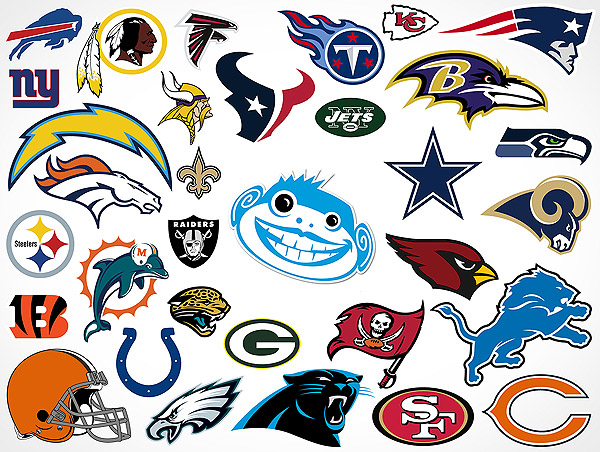Just as we expect the sun to come up tomorrow, or for there to be no one approaching us head-on in our lane when we round a hairpin turn, or that when we toss something up, it will come down, we come to expect certain things from brands.
It’s just like the law of physics. For example, we come to expect certain things from Apple, namely innovative products and cool, user-friendly designs; and from Starbucks, such as trendy coffee selections and great customer experiences. Our expectations of these brands become rooted in our consciousness.
So what happens when a brand that delivers consistently on its promise, fails to deliver?
This past week, most of us—whether we are diehard fans, or just casual observers—got a front row seat courtesy of one of the NFL’s most successful franchises.

No, I’m not talking about my hapless Oakland Raiders, who remain “near and dear” despite failing to make the playoffs since 2002, and barely making it out of their division’s cellar for most of those years. For Oakland, their performance over the past decade plus, ever since Rich Gannon was named MVP in 2002, has pretty much cemented fan expectations of mediocrity: anything above a .500 season would be considered a rousing success . . . and any finish above fourth place would represent real progress.
The brand I’m talking about is the New England Patriots, arguably the most successful NFL franchise of the past decade.
Since 2001, the Patriots have not had a losing record (their average win/loss record during this span has been 12-4), they have not finished below second place in their division, and, oh by the way, they’ve been to the Super Bowl five times, winning it on three occasions. Did I mention their 16-0 record in the 2007 season?
Success like that and the ability to deliver it consistently is bound to create certain expectations among Patriots’ fans, and it’s the same story for customers (or “fans”) of any brand. You come to expect certain behaviors or attributes or outcomes related to the brand—in this case, we know it as the “Patriot Way”—and when those expectations are not met, the seeds of dissatisfaction are sewn.
So it was no surprise after New England’s 41-14 drubbing at the hands of the Kansas City Chiefs, which came on the heels of an uninspiring victory the week before over (ironically) the Oakland Raiders, that New England fans began to wonder, “What’s wrong with the Patriots?” And it wasn’t just diehard fans that were affected.
I don’t think I’m overstating it when I say the effects of New England’s out-of-character/off-brand performance were felt far and wide beyond NFL fandom. As though the sky was falling, from coast-to-coast, every sports segment, whether online, on TV, on the radio, or in print, ran some sort of story on New England’s sub-par performance. Unless you were living under a rock, you could not escape it.
- New England’s Hall-of Fame bound quarterback came under fire: “Is Tom Brady too old?” “Is he washed up?” “Is he unhappy in New England?”
- Was ownership nickel and diming payroll so much that it had weakened the team, especially the offensive line, to the point where it could no longer compete?
- Was the “Patriot Way” finally over? Had it all been a big sham?
- Even the wisdom of Bill Belichick, one of the NFL’s winningest and longest tenured coaches, was questioned.
With an impressive 43-17 takedown this week of the previously undefeated Cincinnati Bengals, the Patriots seem to have found their way again. At least for this week, they met customer expectations—they delivered on their brand promise—and all seems right with the world (as for my Oakland Raiders, they were off last week, so no harm no foul).
What messages does your brand send to your customers and prospects?
- Do you meet or exceed expectations consistently and without fail?
- Is your product or service consistently of high quality?
- Is it delivered on-time, every time?
- Is pricing in line with customer expectations?
- Can customers find you/your product easily and conveniently?
- Do you offer customer service second-to-none?
These past few weeks we caught a glimpse of what happens when a great brand fails to deliver. For more than a decade, the New England Patriots have demonstrated a high standard of success and consistent performance. But when that success faltered—just for a few weeks—the brand suffered. The lesson learned is that no brand is too big to fail: with high expectations, comes great responsibility for a brand to deliver.
For parts of the 1970s, 1980s, 1990s, and right up until 2002, Oakland had a string of success nearly as great as New England’s current run. Every year during that span, the Raiders were one of the top teams to watch, while New England’s performance was more akin to the Raiders of today. It just goes to show that a brand’s story is never cast in stone. Branding work is never done. To stay at the top, requires constant reinforcement and an unfailing determination to deliver on your brand’s promise.

Trackbacks/Pingbacks